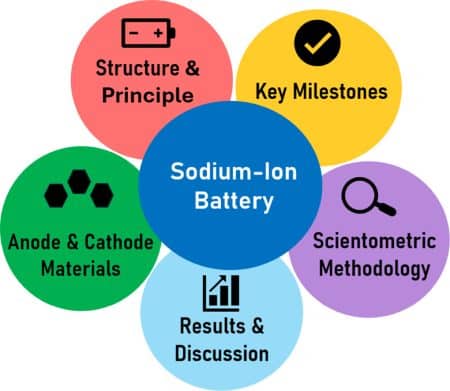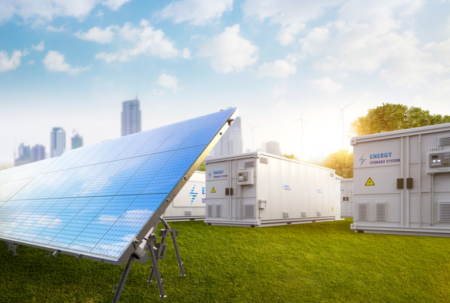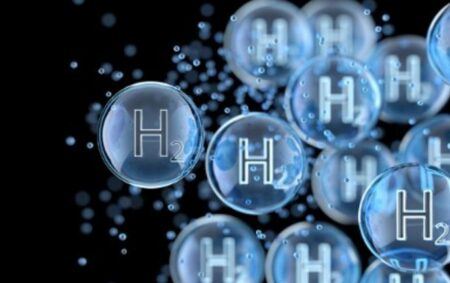Engineers at École polytechnique fédérale de Lausanne (EPFL) have built and tested a solar reactor that can generate hydrogen gas from sunlight and water with high efficiency. The system also captures the “waste” products of oxygen and heat, putting them to use as well.
The process of producing hydrogen by splitting water into its constituent molecules is called artificial photosynthesis. The EPFL reactor works on this principle and collects sunlight using a large curved dish, focusing it by around 800 times onto a photoelectrochemical reactor suspended in the middle. The reactor splits water molecules into hydrogen and oxygen using solar energy.
The system also captures two waste products of the process that are usually released – oxygen and heat. The oxygen can be used for hospitals or industrial use, while the heat can be passed through a heat exchanger and used to heat water or a building’s interior.
The reactor was tested on the EPFL campus over 13 days, in August 2020 and February and March 2021, to assess its performance in different weather conditions. It was found to have an average solar-to-hydrogen efficiency of over 20%, producing around 500 g (1.1 lb) of hydrogen per day. With this output, the system could power 1.5 hydrogen fuel cell vehicles driving the average distance, or provide about half of the electricity demands of a four-person household over a year.
The researchers plan to build a demonstration plant of a few hundred kilowatts at a metal production facility, where the hydrogen will be used for metal annealing, the heat for hot water, and the oxygen collected for nearby hospitals.
The development of this solar reactor has significant potential impact on the renewable energy industry. The use of solar energy to produce hydrogen can help reduce carbon emissions and fossil fuel dependency. The ability to capture waste products and use them for other purposes also increases the efficiency of the system, making it more cost-effective.
However, there are potential challenges surrounding the implementation of this technology. The cost of building and maintaining such reactors may be high, and the supply of raw materials such as water and sunlight could be limited in certain areas. Additionally, the storage and transportation of hydrogen gas can be challenging due to its low density and high flammability.







